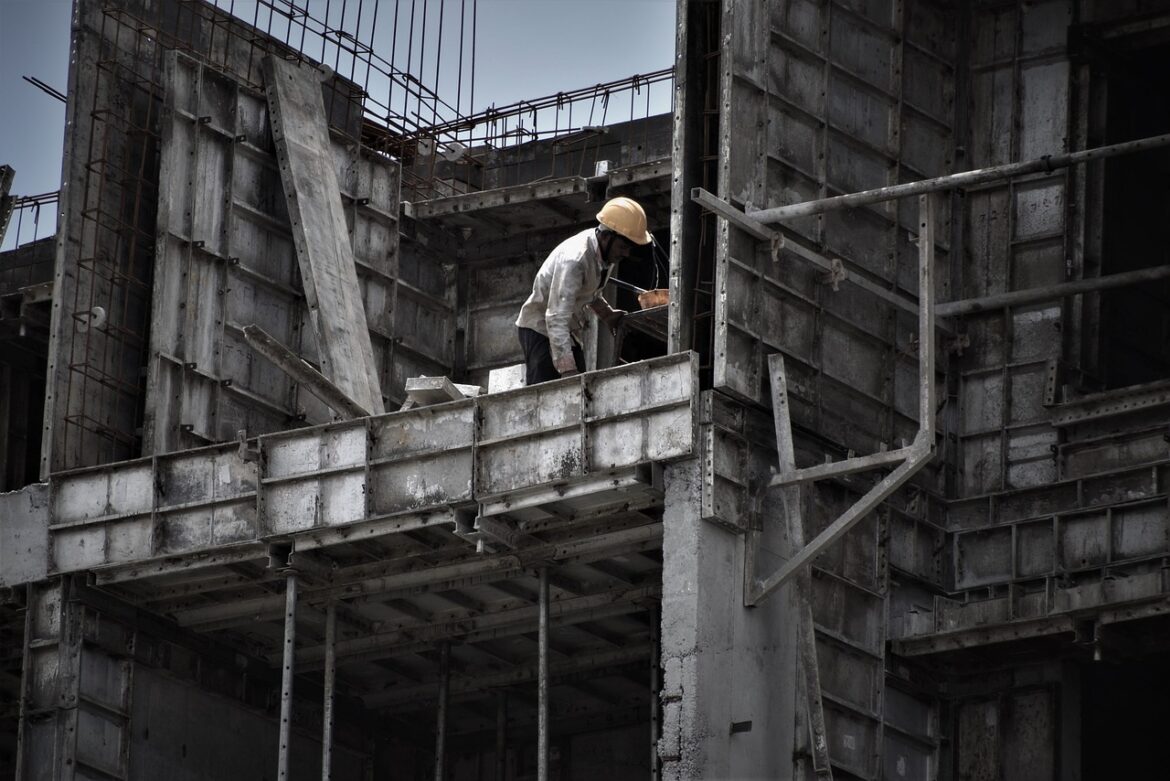Introduction to Trends in Real Estate Engineering
Imagine walking into a home that’s not just beautiful but also built with the latest technology and sustainable practices in mind. This is where engineering in real estate is headed in 2025. From integrating artificial intelligence to focusing on sustainable building practices, the industry is undergoing a significant transformation. Here are some of the hottest trends in real estate engineering that are making waves this year.
Top Trends in Real Estate Engineering
1. Integration of Artificial Intelligence (AI) and Automation
2. Emphasis on Sustainable Building Practices
3. Rise of Modular and Off-Site Construction
Imagine a home being built in a factory, piece by piece, before being assembled on-site. This is what modular construction is all about. By prefabricating components off-site, projects can be completed faster with less waste. It's a game-changer in addressing housing shortages and meeting tight project deadlines.
4. Addressing Labor Shortages Through Workforce Development
As the construction industry faces a significant shortage of skilled labor, there's a growing emphasis on workforce development programs, apprenticeships, and initiatives to attract a more diverse workforce. Investing in training and education is crucial to meet the growing demands of the sector and ensure a smooth flow of projects.
5. Adoption of Digital Twins for Enhanced Project Management
Imagine having a virtual replica of a building, allowing stakeholders to monitor progress, predict maintenance needs, and optimize performance throughout a building's lifecycle. This is what digital twins offer. By creating these virtual models, real estate developers can enhance decision-making and reduce operational costs, making projects more efficient and cost-effective.
Conclusion
Real estate engineering in 2025 is all about blending technology and sustainability. Whether it's using AI to streamline construction or focusing on eco-friendly designs, these trends are not only crucial for staying competitive but also for building a resilient and environmentally responsible future. As the industry continues to evolve, it's exciting to see how these trends will shape the homes and buildings of tomorrow.
References:
- https://www.etftrends.com/monthly-income-channel/real-estate-top-sector-watch-2025/
- https://www.nar.realtor/on-common-ground/spring-2025-resilience
- https://techxplore.com/news/2025-05-google-retreats-real-estate-homes.html
- https://www.prweb.com/releases/inman-names-its-2025-future-leaders-in-real-estate-celebrating-the-next-generation-of-industry-titans-302468584.html
- https://www.prnewswire.com/news-releases/2025-housing-market-shifts-bring-new-opportunities-foreclosurelistings-com-is-positioned-to-help-buyers-navigate-814992383.html
- https://writewaveblog.com/top-construction-trends-2025-embracing-technology-and-sustainability/
- https://www.justice.gov/atr/media/1402141/dl?inline
- https://www.globenewswire.com/news-release/2025/05/26/3088132/0/en/Architectural-Engineering-and-Construction-AEC-Services-Market-to-Reach-USD-390-8-Billion-by-2032-Driven-by-Urbanization-and-Technology-SNS-Insider.html
2. Emphasis on Sustainable Building Practices
3. Rise of Modular and Off-Site Construction
Imagine a home being built in a factory, piece by piece, before being assembled on-site. This is what modular construction is all about. By prefabricating components off-site, projects can be completed faster with less waste. It's a game-changer in addressing housing shortages and meeting tight project deadlines.
4. Addressing Labor Shortages Through Workforce Development
As the construction industry faces a significant shortage of skilled labor, there's a growing emphasis on workforce development programs, apprenticeships, and initiatives to attract a more diverse workforce. Investing in training and education is crucial to meet the growing demands of the sector and ensure a smooth flow of projects.
5. Adoption of Digital Twins for Enhanced Project Management
Imagine having a virtual replica of a building, allowing stakeholders to monitor progress, predict maintenance needs, and optimize performance throughout a building's lifecycle. This is what digital twins offer. By creating these virtual models, real estate developers can enhance decision-making and reduce operational costs, making projects more efficient and cost-effective.
Conclusion
Real estate engineering in 2025 is all about blending technology and sustainability. Whether it's using AI to streamline construction or focusing on eco-friendly designs, these trends are not only crucial for staying competitive but also for building a resilient and environmentally responsible future. As the industry continues to evolve, it's exciting to see how these trends will shape the homes and buildings of tomorrow.
References:
- https://www.etftrends.com/monthly-income-channel/real-estate-top-sector-watch-2025/
- https://www.nar.realtor/on-common-ground/spring-2025-resilience
- https://techxplore.com/news/2025-05-google-retreats-real-estate-homes.html
- https://www.prweb.com/releases/inman-names-its-2025-future-leaders-in-real-estate-celebrating-the-next-generation-of-industry-titans-302468584.html
- https://www.prnewswire.com/news-releases/2025-housing-market-shifts-bring-new-opportunities-foreclosurelistings-com-is-positioned-to-help-buyers-navigate-814992383.html
- https://writewaveblog.com/top-construction-trends-2025-embracing-technology-and-sustainability/
- https://www.justice.gov/atr/media/1402141/dl?inline
- https://www.globenewswire.com/news-release/2025/05/26/3088132/0/en/Architectural-Engineering-and-Construction-AEC-Services-Market-to-Reach-USD-390-8-Billion-by-2032-Driven-by-Urbanization-and-Technology-SNS-Insider.html



